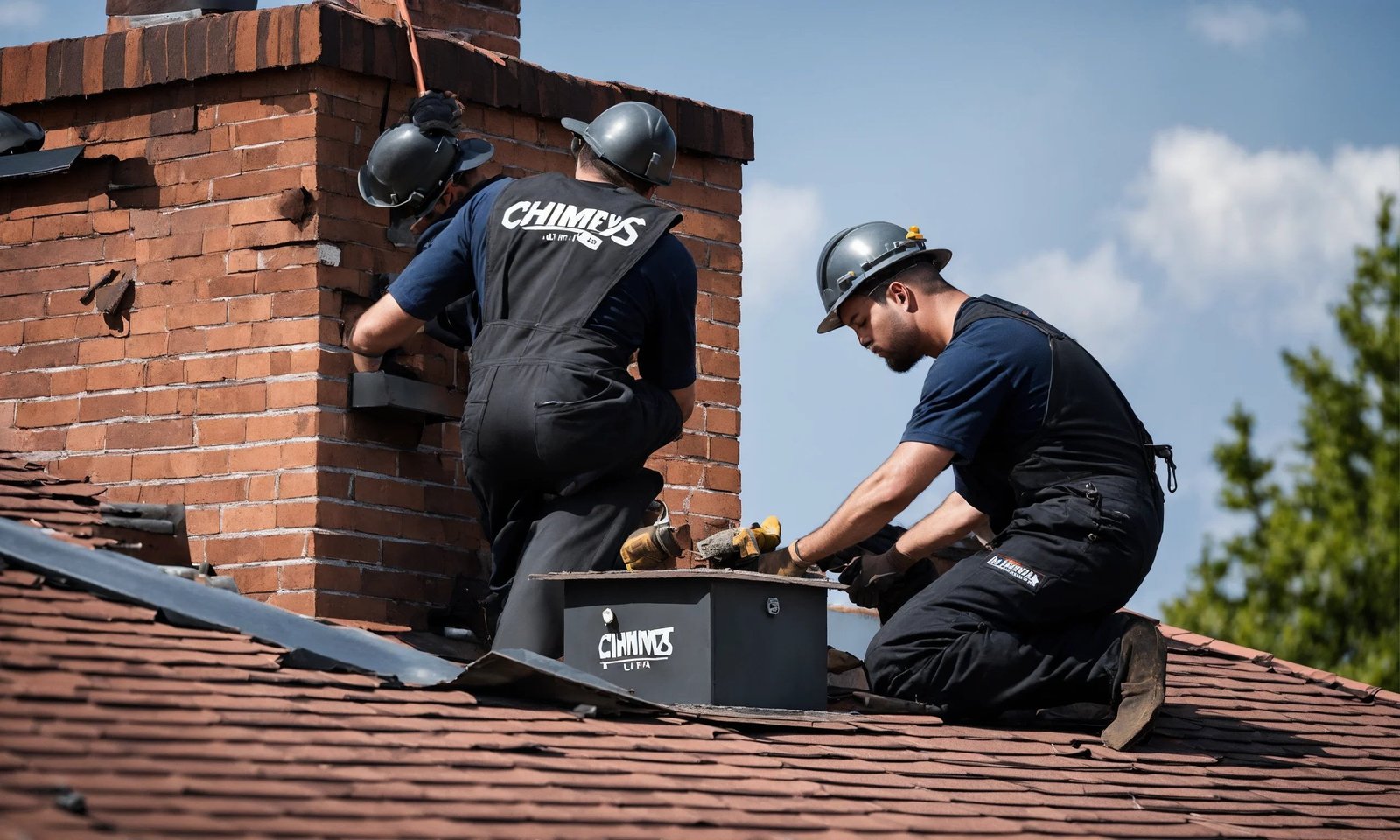A warm and cozy fireplace is a great addition to any home. But did you know that it can also pose a serious threat to your safety if not maintained properly? Chimney-related accidents are more common than you might think, and they can lead to property damage, injury, and even death. In this blog post, we’ll share some eye-opening statistics that every homeowner should know about chimney safety. We’ll also discuss the importance of proactive chimney safety measures and offer insights into common causes of chimney-related accidents. So, let’s dive right in!

1. Chimney-related accidents are more common than you might think
According to the National Fire Protection Association (NFPA) statistics, chimney fires caused an estimated 22,300 residential fires in the US in 2018, resulting in $126 million in property damage.
These fires also caused an average of 10 deaths and 30 injuries per year. And that’s just the tip of the iceberg – many chimney-related incidents go unreported or unnoticed, which means the actual number of accidents is likely much higher.
2. Proactive chimney safety measures are crucial to preventing accidents
Prevention is key when it comes to chimney safety. Regular maintenance and inspections can help identify and address potential hazards before they turn into disasters.
The NFPA recommends that homeowners have their chimneys inspected at least once a year by a certified chimney professional.
This can help detect any creosote buildup, blockages, or other issues that could contribute to a chimney fire.
3. Common causes of chimney-related accidents include lack of maintenance, improper installation, and user error
Most chimney-related accidents can be traced back to one or more of these causes.
For example, failing to clean out the chimney regularly can lead to creosote buildup, which is highly flammable and can ignite under the right conditions.
Poor installation can also be a contributing factor, as it might result in a chimney that doesn’t vent properly or that’s in close proximity to combustible materials.
And user error, such as burning the wrong type of fuel or not using the damper correctly, can also lead to accidents.
4. Homeowners should prioritize chimney safety to protect their property, their families, and their communities
The bottom line is that chimney safety is not something to take lightly. By being proactive about maintenance and inspections, homeowners can help prevent accidents and keep their homes safe.
They should also be aware of the common causes of chimney accidents and take steps to minimize the risks. For example, they could install a chimney cap to keep debris and animals out, or invest in a chimney liner to reduce the likelihood of creosote buildup.
By prioritizing chimney safety, homeowners can enjoy the warmth and comfort of their fireplaces without putting themselves or their loved ones at risk.
Conclusion
Chimney-related accidents are a serious threat to the safety of homeowners and their communities.
By understanding the statistics and taking proactive measures to prevent accidents, homeowners can protect their property and their families.
It’s important to schedule regular maintenance and inspections, be aware of the common causes of chimney-related accidents, and take steps to minimize the risks.
By doing so, homeowners can enjoy the many benefits of their fireplaces without sacrificing their safety.


